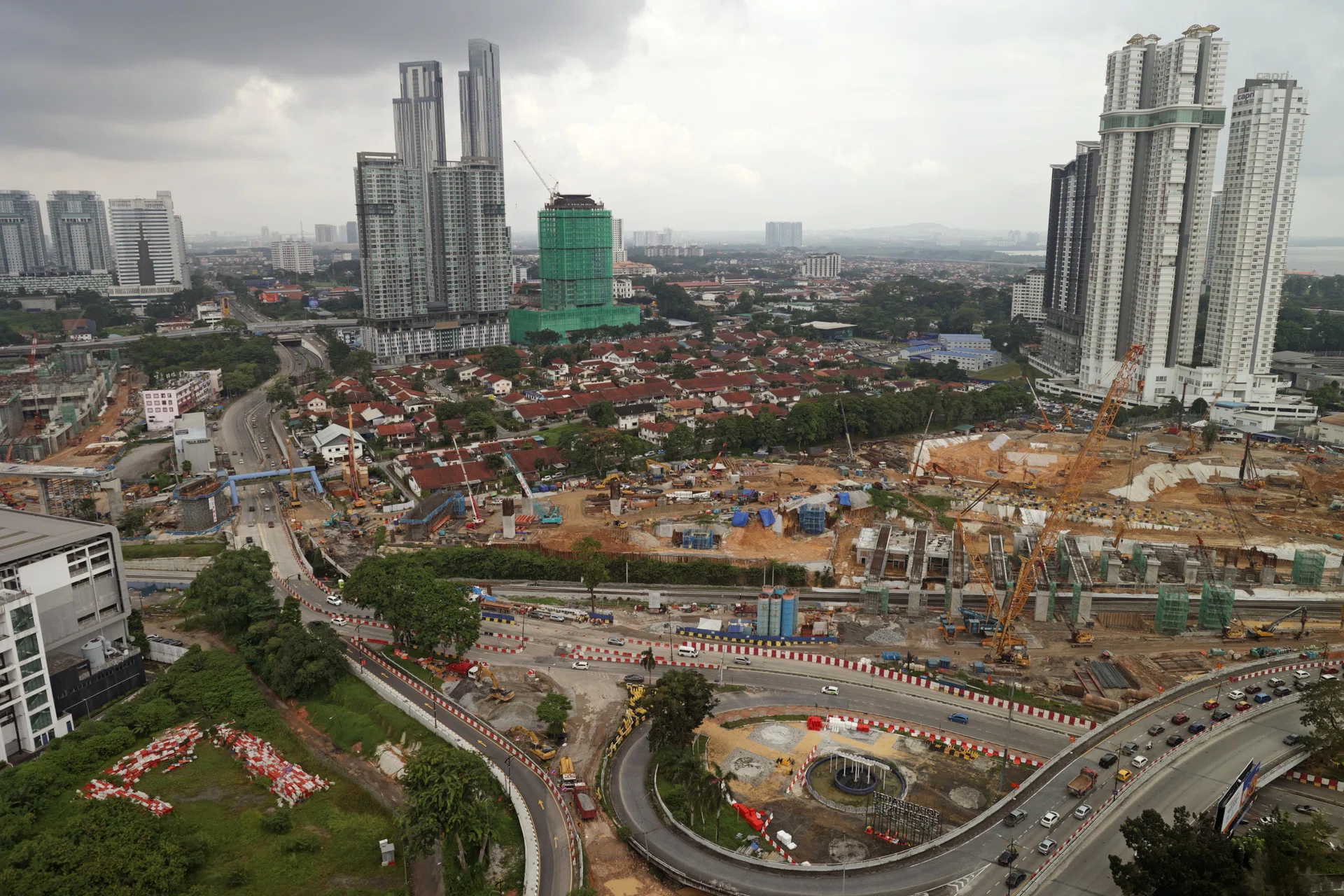Malaysia’s Economy Minister has announced that a comprehensive blueprint for the Johor-Singapore Special Economic Zone (JS-SEZ) will be unveiled by the end of 2025. This development marks a significant step forward, raising expectations among businesses and amid rising geopolitical considerations. Progress will hinge on the actions taken by both Malaysia and Singapore.
Several key initiatives are already in motion. Digital customs systems have been enhanced, QR code clearance is operational, investment facilitation centers are active, and the Rapid Transit System (RTS) Link is expected to reduce Causeway travel time to just five minutes. These efforts demonstrate serious intent and provide a solid foundation for future growth.
However, these are just initial steps. Maintaining momentum is crucial for credibility. The next phase should tackle more challenging aspects of infrastructure readiness. Without visible progress and collaboration, the JS-SEZ risks losing out to business hesitancy and global competition.
One critical area is the movement of goods. While commuters may soon enjoy a five-minute Causeway crossing via the RTS Link, cargo trucks will not. Despite digital upgrades, cargo still faces congestion and bureaucratic hurdles. A recent survey by the Singapore Business Federation (SBF) revealed that nearly half of firms exploring the JS-SEZ identified cargo movement as a major concern. This highlights that logistics now plays an active role in investment decisions. Continued delays could shift investor sentiment.
To address this, both sides could explore expanding logistics options such as dedicated truck lanes, improved ferry services, or even rail links. Easing congestion around Johor Bahru and Woodlands is also vital, as delays can disrupt the entire supply chain. Seamless cargo movement is essential for the blueprint’s success.
Leveraging Johor’s seaports could further establish the SEZ as a competitive logistics hub. Johor’s 1,214 hectares of warehousing space is a significant asset, allowing firms to set up operations near major shipping routes. However, with rising demand, capacity may soon be stretched. Expanding bonded zones and storage facilities could help sustain momentum.
Closer coordination with Singapore’s port system could yield greater benefits. The Tanjung Pelepas-Singapore corridor already ranks among the top 50 globally, moving 135,000 tonnes of cargo daily. Yet, compared to routes like Shanghai-Ningbo, there is room for growth. Bilateral collaboration is key to realizing the corridor’s potential.
Utilities are equally critical. High-demand sectors like data centers are expanding in Johor but require reliable power and water. Recent disruptions, such as the Sungai Johor water treatment plant shutdown, have impacted industrial areas. Nearly 30% of new data center proposals were deferred in late 2024 to prevent grid overload. Predictable utility planning is essential to sustain growth. Regional grid integration could help balance demand and improve capacity planning.
While hard infrastructure attracts attention, soft infrastructure is equally important. More than half of firms surveyed flagged uncertainty around tax rules and labor shortages as concerns. Addressing these issues early can build momentum. The JS-SEZ’s success will ultimately depend on delivering infrastructure, regulatory clarity, and day-to-day reliability.
— new from The Business Times
